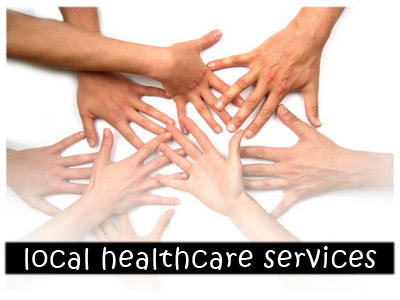
LINks will be set up in England from April 2008 to give individuals and groups a stronger voice in how their local health and social care services are delivered. By talking directly to the service providers and saying what they want, the community is much more likely to receive better care.
What is a LINk?
Sometimes the people who use services don’t feel they have a strong enough voice to change aspects of their health or social care. The introductions of LINks are part of a wider process to help the community have a stronger local voice.
What a LINk will do
Run by local individuals and groups, a LINk will:
* ask what local people what they think about local healthcare services and provide a chance to suggest ideas to help improve services;
* investigate specific issues of concern to the community;
* use its powers to hold services to account and get results;
* ask for information and get an answer in a specified amount of time;
* be able to carry out spot-checks to see if services are working well (carried out under safeguards);
* make reports and recommendations and receive a response;
* refer issues to the local ‘Overview and Scrutiny Committee’.
An example
A number of people raise the issue of GP opening hours with a LINk. The local surgery say they want to open during the evening and at weekends but they have limited resources.
The LINk offers to help the surgery find out the hours that will best suit local people. The LINk surveys the community and asks for their views. It also asks LINks in other areas how they have dealt with the issue.
The LINks research finds that those who work would prefer more early morning appointments, so they can see a GP but not be late for work.
As a result, the surgery decides not to open one afternoon during the week so that they are able to open more early morning appointments. They also start a call-back service, so people can have quick telephone consultations.
A LINk will be independent; they will be hosted and supported by a community organisation with experience of engaging people.
Anyone can be part of a LINk
A LINk will ask the community what they think. It’s up to you how and when you get involved - you can just comment on issues when contacted or you can get more involved for example, helping to raise awareness of an issue or helping to find solutions (for example, meeting providers, being part of a working group).
How much time will it take?
There are so many ways you can be involved. You can take a few minutes to answer a survey or take longer to represent the community when a health or social care service is being discussed with service providers.
How is a LINk run?
The Department of Health will provide money to each local council, who will then give it to a ‘host organisation’. A host organisation will:
* tell the community that a LINk has started;
* hold meetings so people can hear about what the LINk will do;
* encourage local groups, individuals and organisations to get involved – especially those who are not always heard;
* help decide how the LINk will be run;
* be responsible for and keep records of how the money is spent – but the LINk members decide what the money is to be spent on.
Getting started
At the start of April 2008, host organisations should start work in most areas of England, setting up a LINk. Opportunities exist for individuals and local groups to help plan a LINk or to get involved after April. To find out what is happening in your area, contact your nearest local council with social services responsibility.





